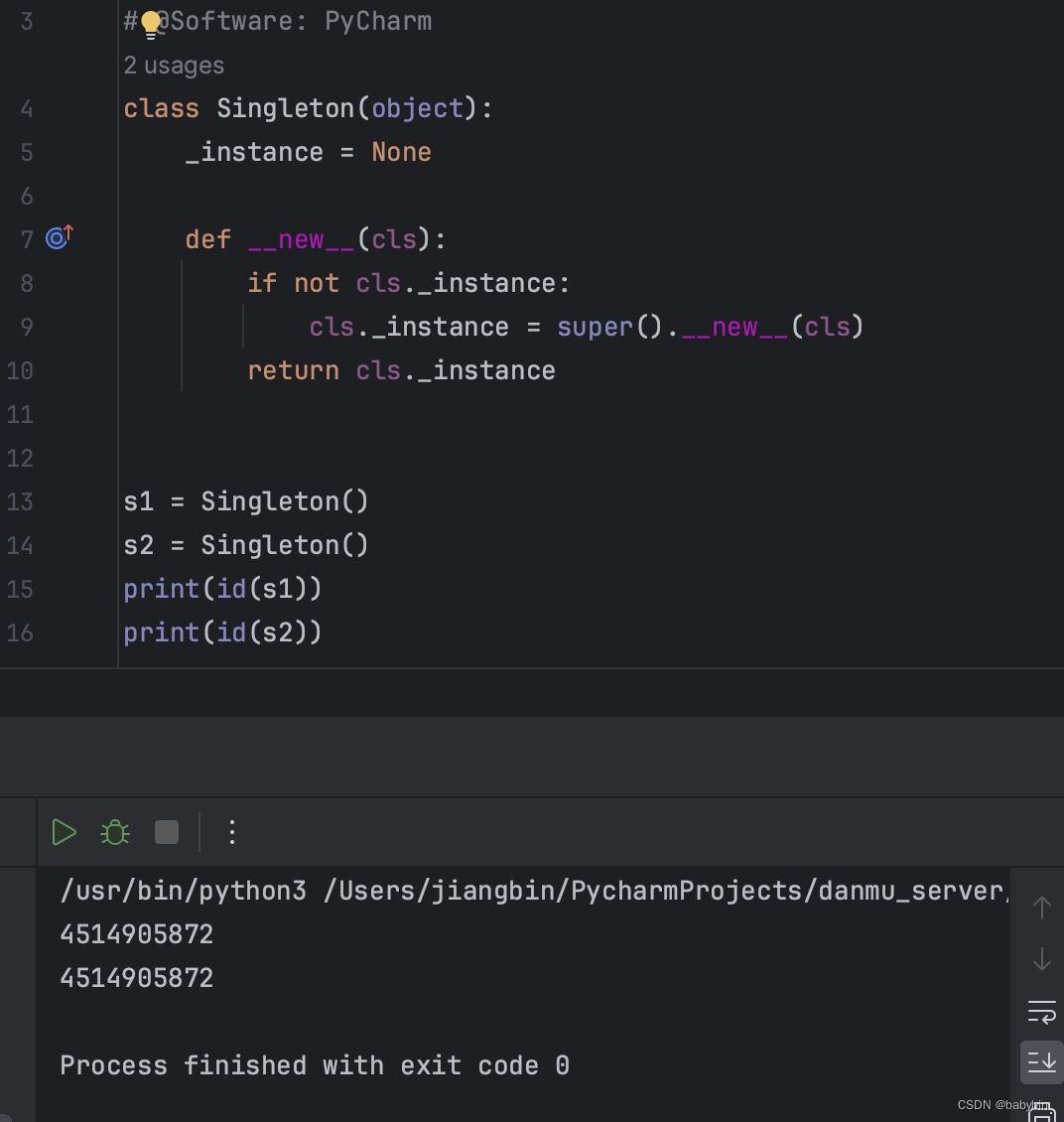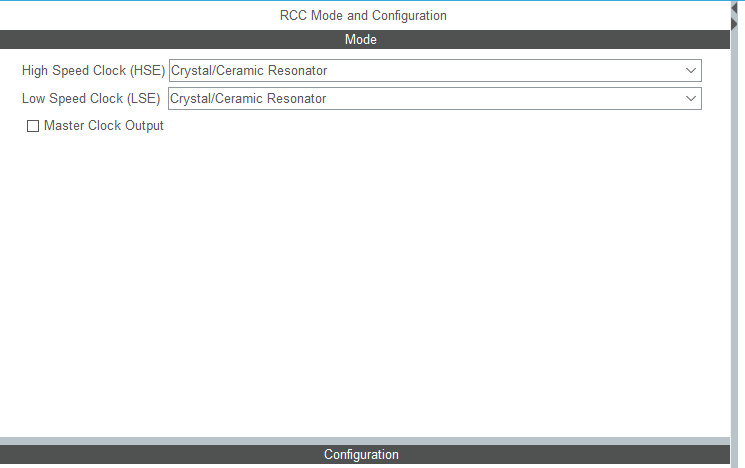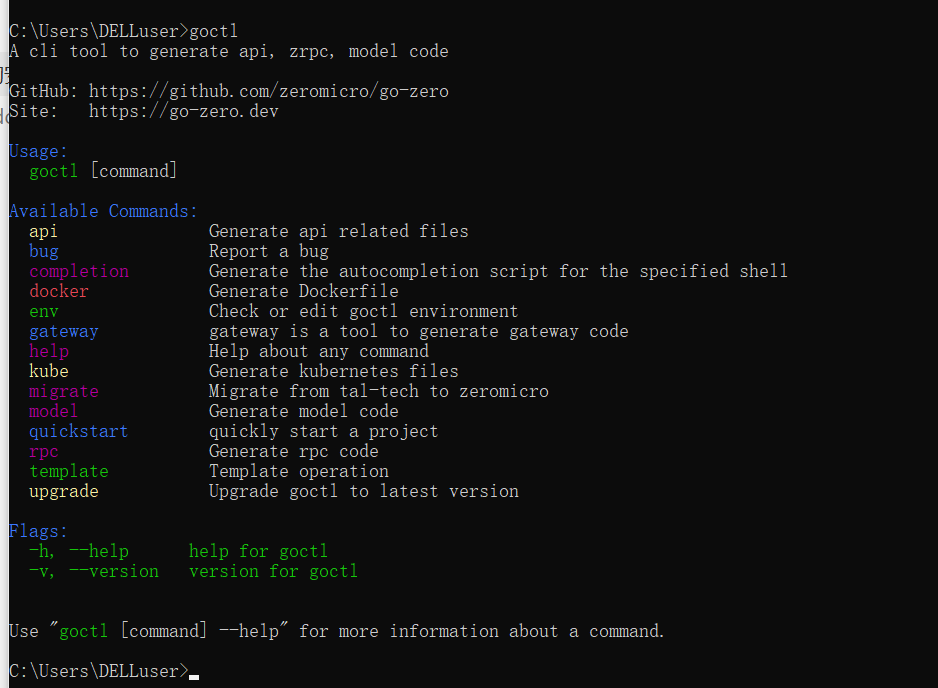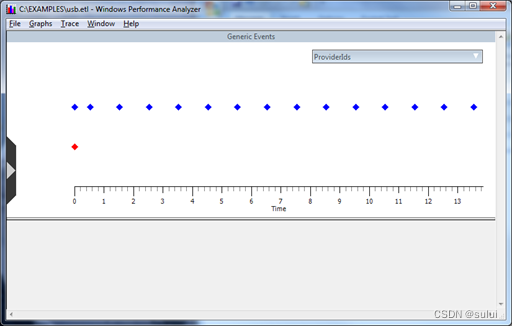深入探索设计模式:实际应用和优化策略
在前两篇文章中,我们详细探讨了创建型模式、结构型模式、行为模式和架构模式的基本概念及其在Java中的实现。在本文中,我们将进一步探讨如何在实际项目中应用和优化这些模式,尤其是如何在大型系统中灵活运用设计模式,提高系统的扩展性、可维护性和可复用性。
组合模式(Composite Pattern)
组合模式允许你将对象组合成树形结构来表示“整体/部分”层次结构。组合能使客户以一致的方式处理单个对象和组合对象。
import java.util.ArrayList;
import java.util.List;
// 组件接口
interface Component {
void showDetails();
}
// 叶子节点
class Employee implements Component {
private String name;
private String position;
public Employee(String name, String position) {
this.name = name;
this.position = position;
}
@Override
public void showDetails() {
System.out.println(name + " works as " + position);
}
}
// 组合节点
class Manager implements Component {
private String name;
private List<Component> subordinates;
public Manager(String name) {
this.name = name;
this.subordinates = new ArrayList<>();
}
public void addSubordinate(Component component) {
subordinates.add(component);
}
public void removeSubordinate(Component component) {
subordinates.remove(component);
}
@Override
public void showDetails() {
System.out.println("Manager: " + name);
for (Component component : subordinates) {
component.showDetails();
}
}
}
// 客户端
public class CompositePatternDemo {
public static void main(String[] args) {
Employee emp1 = new Employee("John", "Developer");
Employee emp2 = new Employee("Jane", "Designer");
Manager manager = new Manager("Robert");
manager.addSubordinate(emp1);
manager.addSubordinate(emp2);
manager.showDetails();
}
}
中介者模式(Mediator Pattern)
中介者模式定义了一个对象来封装一组对象如何交互。中介者模式促进了松耦合,使得对象不需要显式地相互引用,从而使得它们可以独立变化。
import java.util.ArrayList;
import java.util.List;
// 中介者接口
interface Mediator {
void sendMessage(String message, Colleague colleague);
}
// 具体中介者
class ConcreteMediator implements Mediator {
private List<Colleague> colleagues;
public ConcreteMediator() {
this.colleagues = new ArrayList<>();
}
public void addColleague(Colleague colleague) {
colleagues.add(colleague);
}
@Override
public void sendMessage(String message, Colleague colleague) {
for (Colleague c : colleagues) {
if (c != colleague) {
c.receive(message);
}
}
}
}
// 同事类
abstract class Colleague {
protected Mediator mediator;
public Colleague(Mediator mediator) {
this.mediator = mediator;
}
public abstract void receive(String message);
public abstract void send(String message);
}
// 具体同事类
class ConcreteColleague1 extends Colleague {
public ConcreteColleague1(Mediator mediator) {
super(mediator);
}
@Override
public void receive(String message) {
System.out.println("Colleague1 received: " + message);
}
@Override
public void send(String message) {
System.out.println("Colleague1 sends: " + message);
mediator.sendMessage(message, this);
}
}
class ConcreteColleague2 extends Colleague {
public ConcreteColleague2(Mediator mediator) {
super(mediator);
}
@Override
public void receive(String message) {
System.out.println("Colleague2 received: " + message);
}
@Override
public void send(String message) {
System.out.println("Colleague2 sends: " + message);
mediator.sendMessage(message, this);
}
}
// 客户端
public class MediatorPatternDemo {
public static void main(String[] args) {
Mediator mediator = new ConcreteMediator();
Colleague colleague1 = new ConcreteColleague1(mediator);
Colleague colleague2 = new ConcreteColleague2(mediator);
((ConcreteMediator) mediator).addColleague(colleague1);
((ConcreteMediator) mediator).addColleague(colleague2);
colleague1.send("Hi, colleague2!");
colleague2.send("Hello, colleague1!");
}
}
实际项目中的设计模式应用策略
1. 识别模式应用的场景
在实际项目中,识别适当的设计模式应用场景非常重要。开发者需要熟悉不同设计模式的优缺点及其适用场景,以便在特定情况下选择最佳模式。例如,在需要动态改变对象行为时,策略模式(Strategy Pattern)是一种理想的选择;而在需要通过不同方式创建复杂对象时,建造者模式(Builder Pattern)则更为适用。
2. 组合使用多种模式
在实际开发中,往往需要组合使用多种设计模式。例如,MVC架构模式中,控制器可能使用命令模式来处理用户请求,视图可能使用观察者模式(Observer Pattern)来更新显示内容。通过组合使用多种模式,可以更好地满足系统的复杂需求,提高系统的扩展性和维护性。
3. 避免过度设计
尽管设计模式能解决许多软件设计问题,但过度使用设计模式可能导致系统过于复杂。因此,开发者应根据实际需求合理使用设计模式,避免为了使用模式而使用模式。在设计系统时,应遵循KISS原则(Keep It Simple, Stupid),确保系统设计简洁高效。
4. 持续学习和优化
设计模式并不是一成不变的,开发者应不断学习和探索新的设计模式,并结合实际项目进行优化。通过实践和总结,开发者可以更好地理解和应用设计模式,提升系统设计能力。
结论
设计模式提供了一种系统化的方法来解决常见的软件设计问题。在实际项目中,合理应用设计模式可以显著提高系统的可扩展性、可维护性和可复用性。通过深入理解设计模式的原理和应用场景,结合实际项目需求,开发者可以设计出高效、稳定的系统。
以上三篇博客通过理论与实践相结合的方式,详细介绍了设计模式的基本概念、应用场景及其在Java中的实现。通过这些内容,能够更好地理解和应用设计模式,提高系统设计和开发能力。
































![[数据分析]脑图像处理工具](https://i-blog.csdnimg.cn/direct/b3c5c2e35af34fb39c83a03954b8cefd.png)




